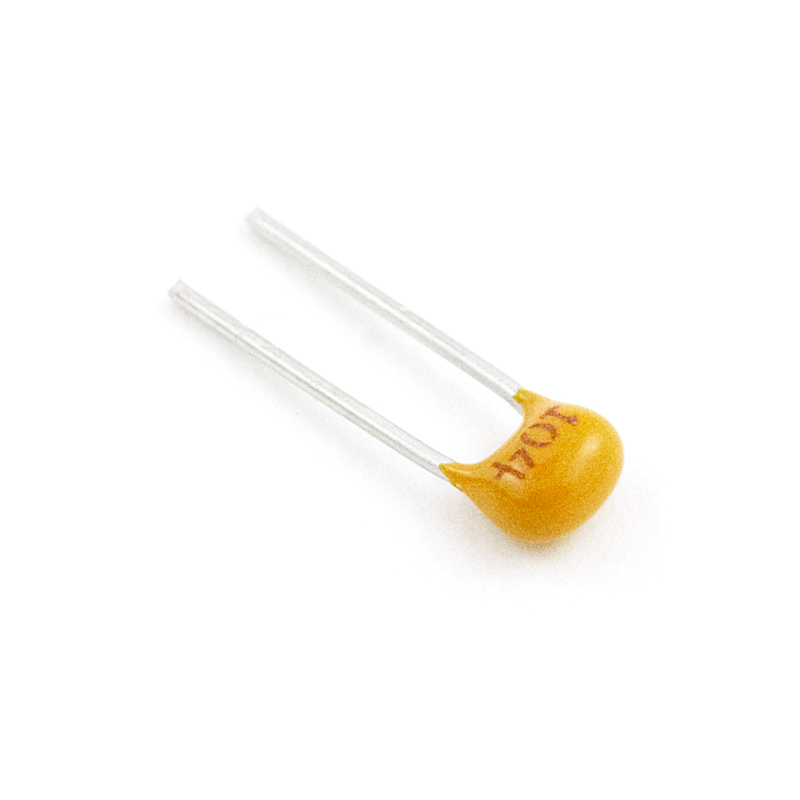In 1983 president of Samsung ,Lee Byung Zhe released "I think with our national spirit and creativity unique tough as a basis for advancing semiconductor business," the "Tokyo Declaration." In the early days, due to the constraints of Japanese companies and the lack of technical and difficult, but in 1994 (Samsung) has developed the world's first 245 megabit (Mb) D-RAM later, so far kept the memory (memory) of the semiconductor industry's first position. From Lee Byung Zhe issued a "Tokyo Declaration" to enter leader spent about 10 years time. 1999 China Hua Hong Group and Japan's NEC cooperation first started in Shanghai China's first use 8 inches (200 mm) wafers (wafer) of D-RAM production line. This is the Chinese government from the 1990s launched the "National Semiconductor item" link. The project officially entered China's semiconductor business enterprise opportunity, most recently the semiconductor industry will be referred to the "Beijing Declaration." Chinese enterprises ferocious momentum of development, comparable to the initial Samsung Electronics Semiconductor Business. From the Chinese government's "Beijing Declaration" began, after 21 to 10 years of the late 1910s, Chinese enterprises results are starting to emerge. Especially in the semiconductor market in the world over the past five years, the sluggish economy, SMIC, Hua Hong-NEC (HH-NEC) and other Chinese semiconductor companies more than 10% annual rate of rapid development. Samsung Economic Research Institute expects Chinese semiconductor industry average growth rate will reach 15%. Chinese semiconductor enterprise development "irresistible force" as a springboard, the Chinese government to provide the infrastructure of the semiconductor industry and to give tax incentives and other active policies.Moreover, China's State Council in 2011 also re-released "in semiconductors, displays, original accessories and other areas of industrial development on behalf of corporate culture, and laid the basis for the global industrial base," the long-term industry support programs. The Chinese government actively added tax concessions, to improve conditions for foreign investment, tax incentives and other support. Also announced last year to 2015, investment $ 25 billion (28 trillion won), the areas of production will increase twice the size of the market and an increase of 1.5 times the program. Because in China, with the production of notebook computers and smart phones and other products of enterprises to increase, demand for semiconductors and other raw materials continue to increase. Samsung Electronics is also taken into account that, from September last year, the total investment in Xi'an is China size of up to $ 7,000,000,000 (eight trillion won) a semiconductor manufacturing plant.China's semiconductor industry has achieved not only the amount of development, is also committed to a qualitative leap. Chinese mainland SMIC, Hua Hong-NEC and Taiwan TSMC, UMC and other companies are centralized contract manufacturing (foundries, foundry), rather than trying to develop semiconductor products. But last year, Huawei launched its own smartphone developed with quad-core (quad-core) processor (AP), the gap is narrowing. Industry official said, "the level of China's semiconductor companies are now not enough to threaten South Korea's most cutting-edge semiconductor products", "China and South Korea's semiconductor technology gap is about 2.5 years, if taking into account the current growth momentum, around 2020, some Chinese Products may exceed Korea. "
 EC4
EC4 ET1 Dipped CA42
ET1 Dipped CA42 Coin Type
Coin Type